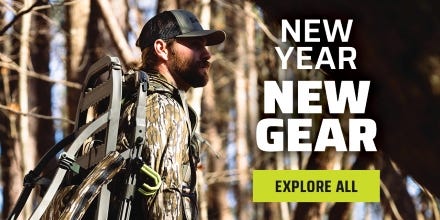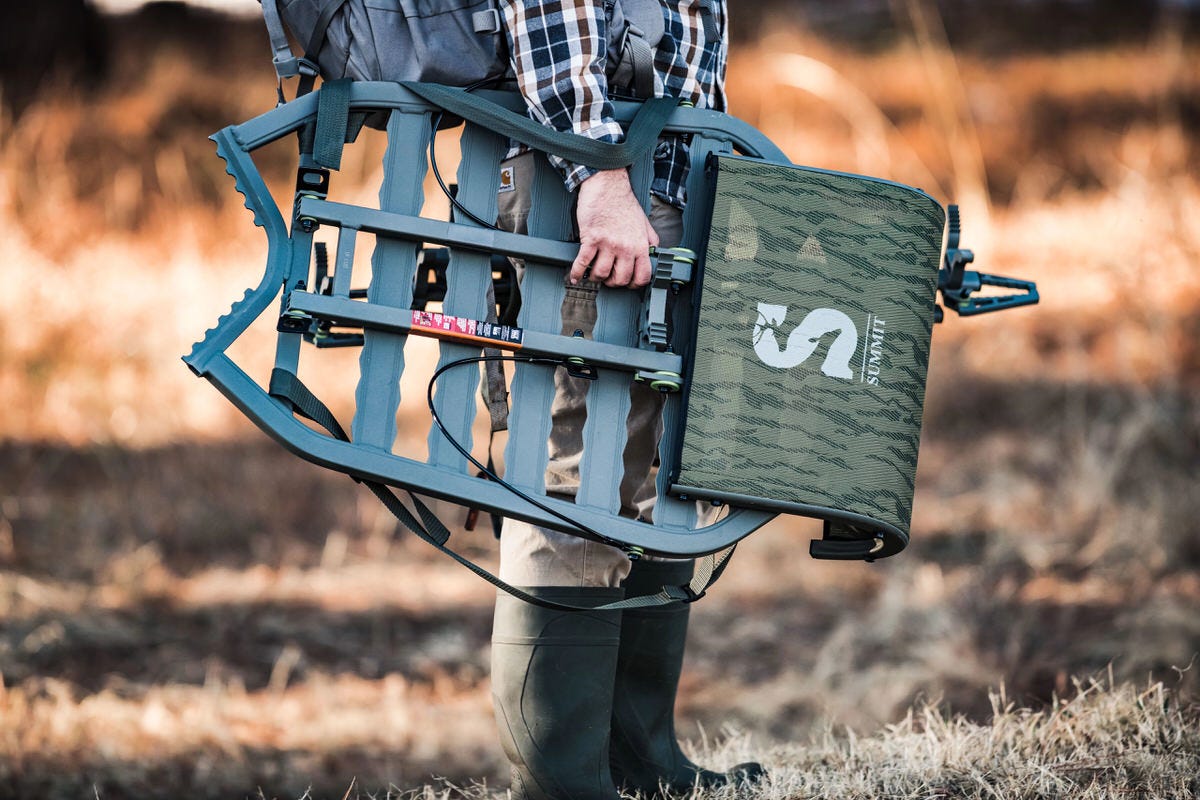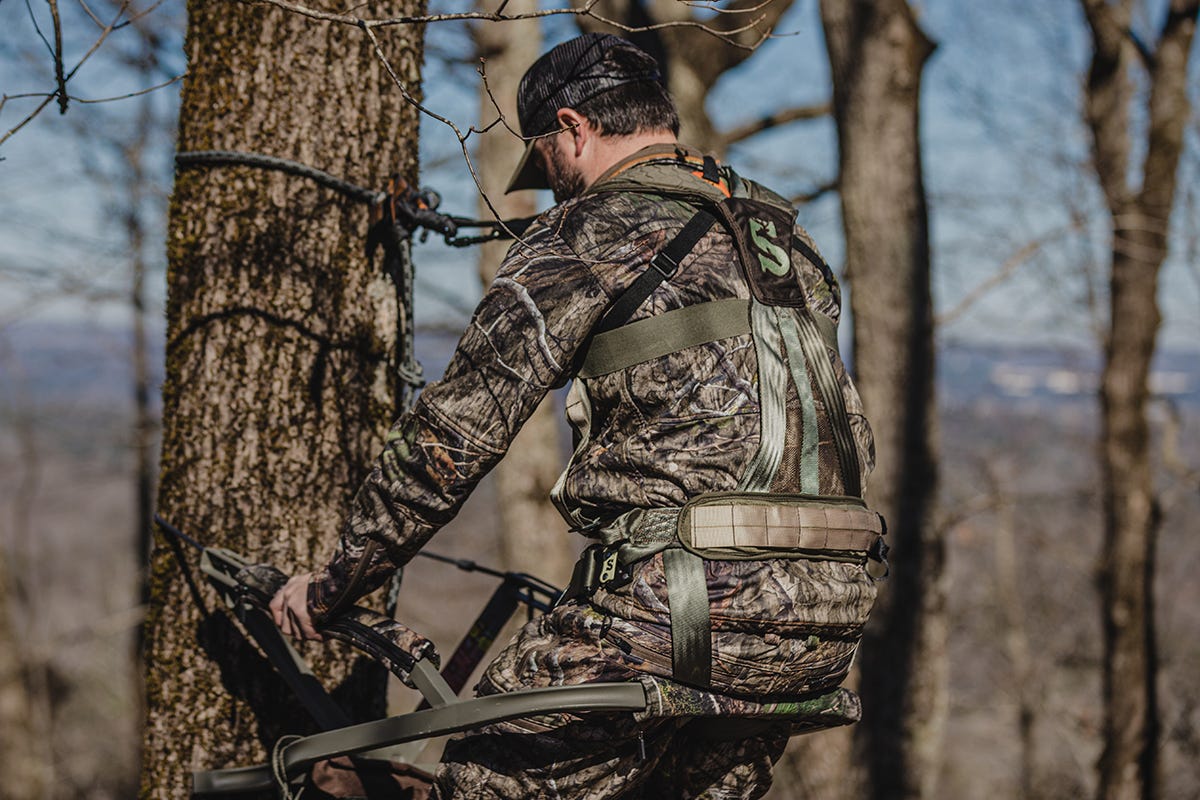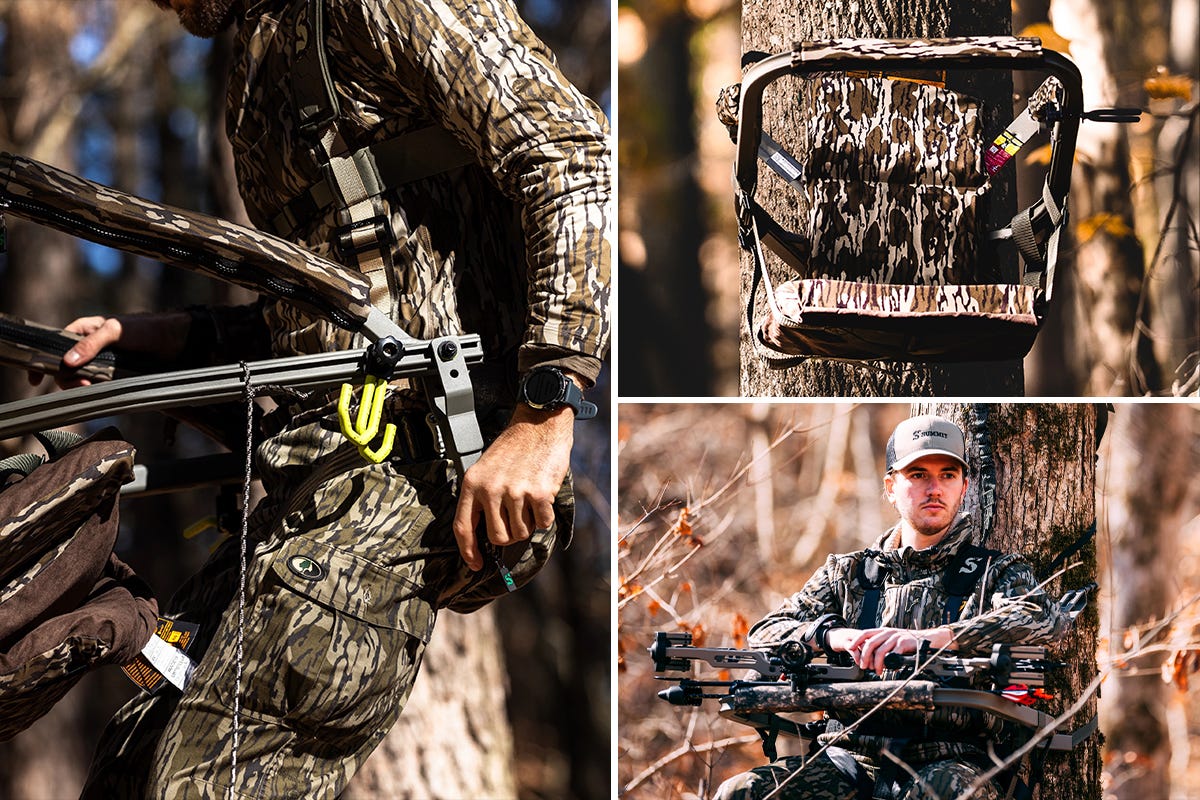- Aug 8, 2018
Stand Locations for The Entire Deer Season
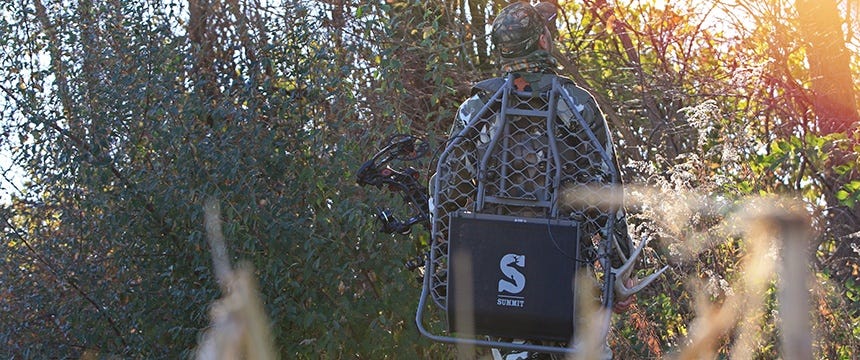 From predictable early-season food sources to fast and furious rut action, deer change their patterns throughout the season, and so should you.
From predictable early-season food sources to fast and furious rut action, deer change their patterns throughout the season, and so should you.
Early-Season Food |
Food source is king and stand locations will likely be on the edges or just inside the timber to catch bucks heading to food plots or fields. Wind is key here and making certain other deer entering the field don’t bust you before the big mature deer show will be the challenge. Camera surveillance along with long-range glassing will key you in on the target areas to hang your sets for early season.
As we trend toward early and mid-October, bucks will be dispersing from bachelor groups and finding loner spots to gear up for the rut. Many call this the “lull” period. Hunting known bedding areas is key during this time frame.
Early in July is a great time to slip in and hang stands in these known bedding areas. Mature bucks seem to use particular areas and last year’s camera information can lead you to know where these areas are and when this transition takes place. If you’re hunting a new area, review an aerial photo or online-satellite map and find those secluded spots that have good cover — possibly a brushy knob where a buck can bed with the wind at his back while watching the down-wind trail. If possible, hang a stand that will work in a couple known-wind directions for this time of year. You’ll need to know that these areas can only be hunted when things are perfect and if you have the prefect entry and exit routes. You will likely get only a couple opportunities to hunt these areas; make sure conditions are perfect and don’t push too hard as you don’t want to run the buck out.
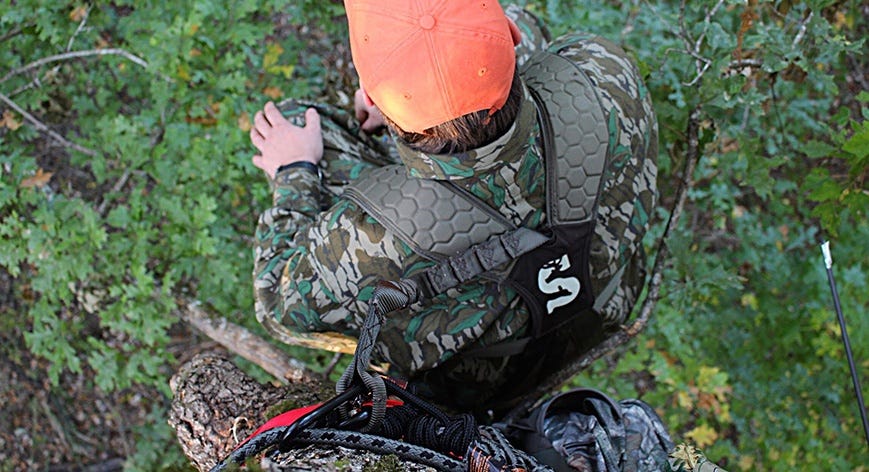
Pre-Rut and Rut |
Start with an aerial map of the area you plan to hunt to find the small funnels that pinch deer traffic as they move from likely bedding cover to feeding locations. Once you’ve located the best pinch-points, go in after deer season or during the summer and look for old rubs and scrapes. While scouting, keep an eye out for oaks that might serve as a food source in October.
Choose the areas with the most sign and hang stands during the summer for the fall pre-rut and rut. Before hanging a stand, be sure that you can quietly enter and exit the location without spooking deer and without laying down your scent where deer will walk through. Also, carefully consider the prevailing wind for the fall and winter as you’re thinking about potential stand locations. Pay attention to which way the rubs are headed (a buck will rub a tree in the direction he is headed) so that you have an idea of which way the deer are traveling through these funnels. Be careful not to trim too much during the summer when hanging a stand. It’s easy to get carried away when all the leaves are out, but come late October and early November, you might have left your stand wide open for deer to see you and your movement.
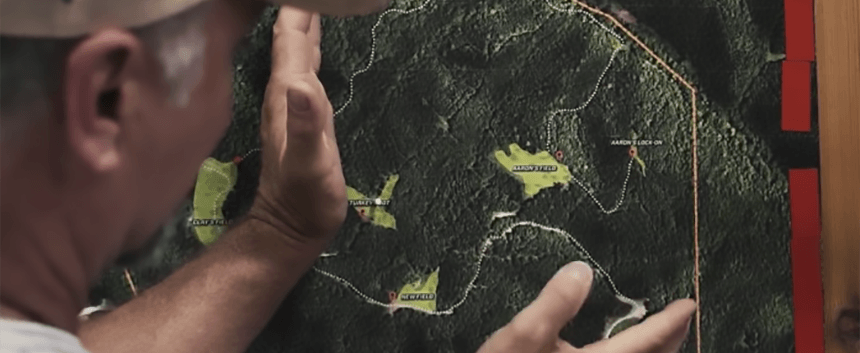
Lock-Down Phase of Rut |
Don’t forget the lock-down phase of the rut when bucks are actively breeding does. Look for thick hidden spots such as CRP (conservation reserve program), cedar thickets and thick areas in the timber where a buck will push a doe to breed. Remember, a buck will stay with a hot doe for about a day and then move on to find the next doe in estrous. While bedded with a doe, a buck would prefer to move her to a thick area out of the sight of other bucks.
These locations are no different from other sets; pick you entrance and exit strategies and hang sets according to the likely winds for that time of year. Try to determine if you can hang multiple stands to take advantage of multiple wind directions.
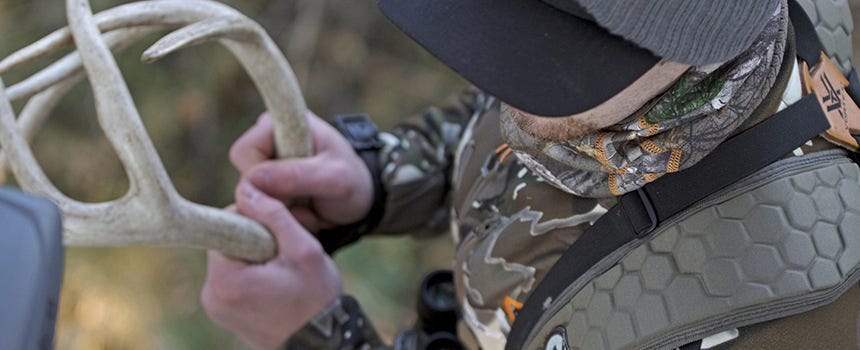
Late-Season Food |
Late season goes right back to feed. And setting stands early sometimes doesn’t work simply because food sources change due to crops being cut, food plots being covered by heavy snow, etc. However, deer will flock to standing soybeans and corn if full of grain. These areas will still be producing late season, too.
However, having cameras out around good food sources and in transition areas leading to feed will help narrow things down this time of year. Often you will find yourself hitting and missing until a good cold snap hits and really puts bucks on the feed hard. Once this takes place, slipping in and hanging a set quietly will be the key. Keep in mind when the bitter cold hits and deer are feeding hard, they will bed close to the food making it very difficult to get in to your desired location. You may be better off pulling back a little farther then you may like for the first set just to get a good feel for what is going on. Sometimes, waiting until after dark when all the deer vacate a bedding area to feed for the night can be a killer time to quietly hang a stand. Why? Because you’ve now seen how and where the mature bucks are coming in and out of the field.
Pre-hanging stands early for the coming transitions can truly be a great way to stay ahead of the next stage of the season. That doesn’t mean some tweaking isn’t going to be necessary, but you’ll be in the game much quicker.
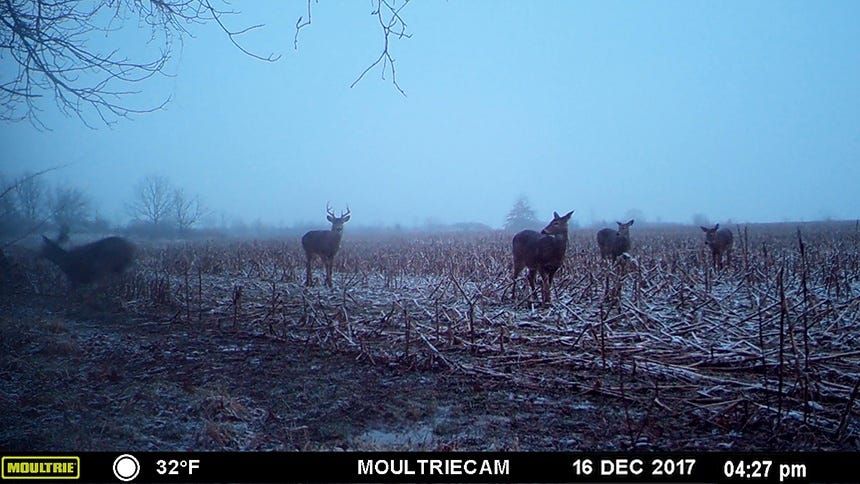
About the Author: Chris Parrish has won turkey calling contests at the highest level and has hunted up and down this continent. He has a well-honed knowledge of the habits and patterns of mature whitetails — having recorded 22 bucks in the Pope & Young and Boone & Crockett record books. He’s been an ambassador for PRADCO Outdoor Brands as well as many more. Chris has a passion for sharing his knowledge with others, so look for more of his articles here and at Moultrie Products and Summit Stands.

